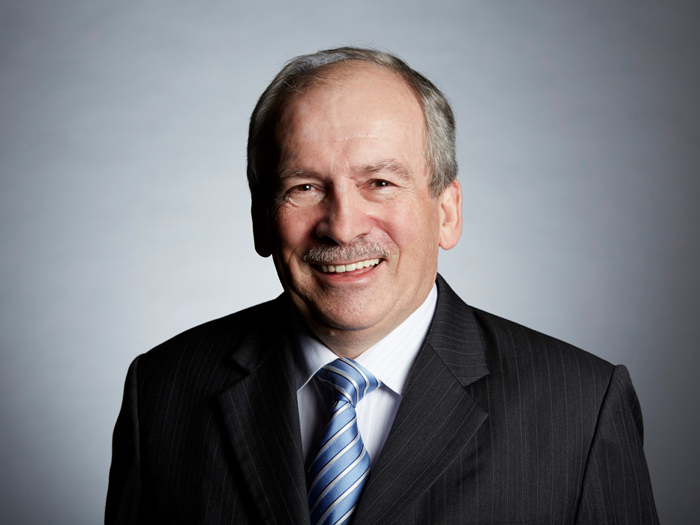Risk Insider: Joe Boren
The Truth About The Keystone Pipeline
Did you know that the Keystone Pipeline is actually in operation?
Most people don’t.
But then again, most people believe that TRIA has actually covered terror events — but that will be a different article.
Maybe we should start with the facts:
- Phase I of the pipeline runs from Hardesty, Alberta, to Steele City, Nebraska (2147 miles), then on to a refinery in Wood River, Illinois. This was finished in 2010.
- Phase II runs 300 miles from Steele City to storage facilities in Oklahoma. This was finished in 2011.
- Phase III is from Oklahoma to Port Arthur, Texas, where it finished in 2014 with a lateral pipeline connected to refineries at Houston, Texas, to be finished in mid-2015.
So what is it that we keep hearing about? Well that would be Phase IV of the pipeline project. This would start in the same place in Canada, go to the same place in Nebraska, but be wider and have a shorter route. It is this phase that has been the focus of all the discussion, for what seems like forever.
Those who are opposed to the pipeline say, “It’s BAD. It’s bad for the climate, for health, for the environment, for the economy … just BAD.” Those who are for the pipeline say it will create 40,000 jobs, albeit temporary. (But aren’t all construction jobs temporary anyway?) It is also built without government financing. It helps our neighbors to the North, who have approved the project, and helps our economy.
In the United States, we have made it a political question. Congress has approved it, the President has vetoed it, but as the great philosopher Yogi Berra said: “It ain’t over ’til it’s over.”
Only in dreams can we live risk free, so we manage the risks to the best of the industry’s ability.
As for the alternatives, nothing really provides a consensus of agreement. For example, move it by rail. This can and has caused problems. In July of 2013, a parked train of crude oil came loose, rolled down a hill and exploded in a ball of fire in the town of Lac-Megantic in Quebec. The inferno claimed 47 people and the town was practically destroyed. Groups opposed to moving crude by rail commonly refer to the trains as “bomb trains.”
How about by water? In March of 2014, a barge carrying 924,000 gallons of crude oil collided with a ship in Galveston Bay, spilling 170,000 gallons along a route heavily travelled by birds during their seasonal migration.
Ok, let’s move it by truck … well, you get the point.
As a nation, we are now energy independent — something we have talked about since 1973. But we need to move the product from where it is, to where it is needed. We need to do it as safely as possible, human life is sacrosanct and our precious environment needs to be protected.
Only in dreams can we live risk free, so we manage the risks to the best of the industry’s ability. We insure them, we regulate them. What we can’t do is to say “no” to everything.
Let’s finish the pipeline.










